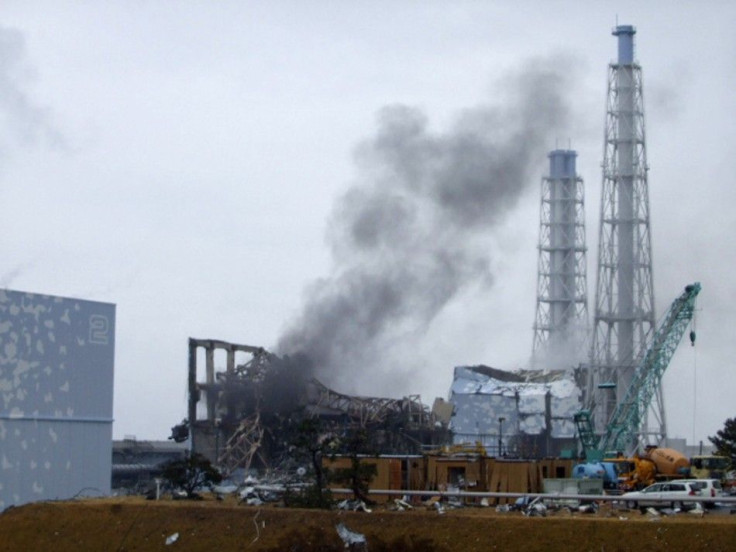IAEA: Radiation Above Limits Near Nuclear Plant

The International Atomic Energy Agency says it has measured levels of radiation in a small village northwest of the Fukushima Daiichi nuclear power plant high enough that it would recommend evacuation.
In its latest update on the Japanese nuclear disaster, the IAEA says it found a high enough radiation level -- 2 million bequerels per square meter -- in the village of Iitate, about 25 miles (40 kilometers) northwest of the damaged plant. The IAEA says it notified the authorities and that they are still assessing the situation. The Japanese government has said it has no plans to expand the 12-mile (20 km) evacuation zone yet. But that level is higher than that which the Soviet authorities used as a guide for evacuating the area around Chernobyl in the 1980s.
A becquerel (Bq) is a unit of radioactivity that measures the number of decay events per second, adjusted for the element one is measuring. Limits for safe exposure will differ depending on the element involved.
Meanwhile, measurements near the plant released by TEPCO showed radiation levels in the air remaining near 1,000 microsieverts per hour at a point about a third of a mile (500 meters) northwest of the number 2 reactor, and about 100 microsieverts per hour about two-thirds of a mile (1,100 meters) west. Maximum allowed doses to nuclear plant workers are about 20 millisieverts per year, so spending 10 days in the area closer to the plant would push most people above the maximum allowed dose.
A sievert measures the amount of energy that radiation has sent into the human body; a dose of 1-2 sieverts can cause immediate health problems, and 10 sieverts will almost certainly be fatal. The doses measured near the Fukushima Daiichi reactors are far below that level.
In the local seawater, radiation levels have remained high. Radioactive iodine and cesium measured on Wednesday was still more than 1,000 times the legal limits.
According to TEPCO, water collected some 50 meters north of the outlets from reactor Units 5 and 6 showed concentrations of 57 becquerels per cubic centimeter of iodine-131, about 1,425 times the regulatory limits. Cesium-134 and cesium-137 were measured at 15 becquerels, 250 and 166 times the limits, respectively.
The previous afternoon the concentrations were 51 becquerels for the iodine-131, and 12 becquerels for the two cesium isotopes. Wednesday's radiation levels were more than twice as high as those taken on March 26. A becquerel (Bq) is a unit of radioactivity that measures the number of decay events per second, adjusted for the element one is measuring. Limits for safe exposure will differ depending on the element involved.
The Nuclear Industrial Safety Agency confirmed that the two possible sources for the contaminants are the spent fuel rods or the reactor core. But there is no certainty yet, the agency said, as to which it is.
The power plant has several discharge canals. Ordinarily that water would not be contaminated, because the water used in the reactor itself is in a closed loop -- it doesn't get released into the environment. The water that exits via the discharge canals is used to cool water used in the closed loop (to help condense it from steam back into water so it can be used again).
On Monday, TEPCO said it had found plutonium in the soil around the plant. Though the contamination wasn't a health risk, it did show there was contamination either from the reactor core or the spent fuel rods at the plant. Radioactive water has also been found in the basement of the turbine buildings at reactor units 1 and 2.
Hidehiko Nishiyama, a spokesman for the Japanese Nuclear and Industrial Safety Agency, told a news conference that there are several pipes and rods that enter the reactor vessel and the temperature and pressure changes may have weakened either the joints or the valves in the pipes. That could allow contaminated water to escape.
The radioactivity in the seawater poses no immediate risk to humans, officials said, because the concentrations of iodine, cesium and other materials are small and iodine has a relatively short half-life of about eight days.
© Copyright IBTimes 2024. All rights reserved.





















